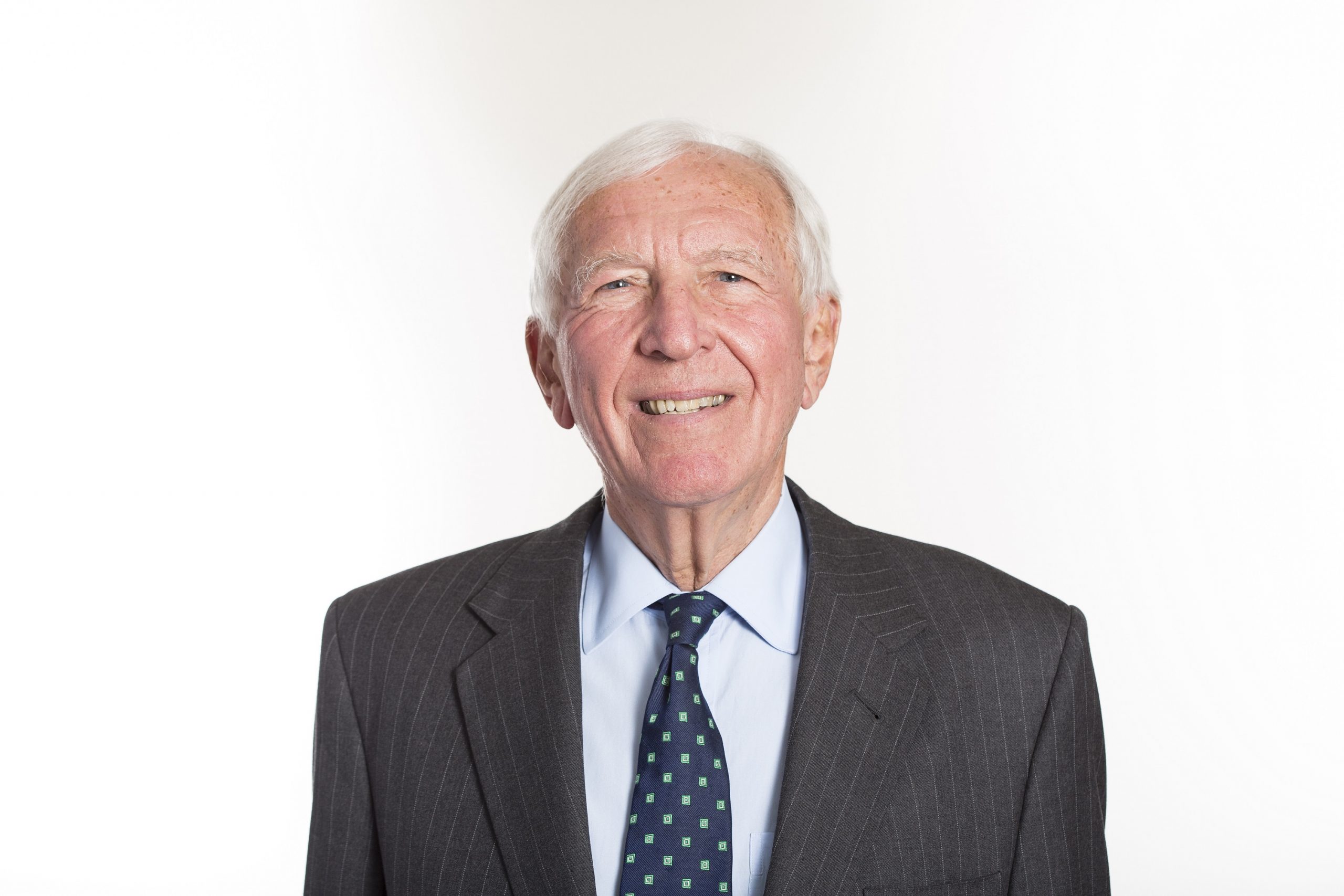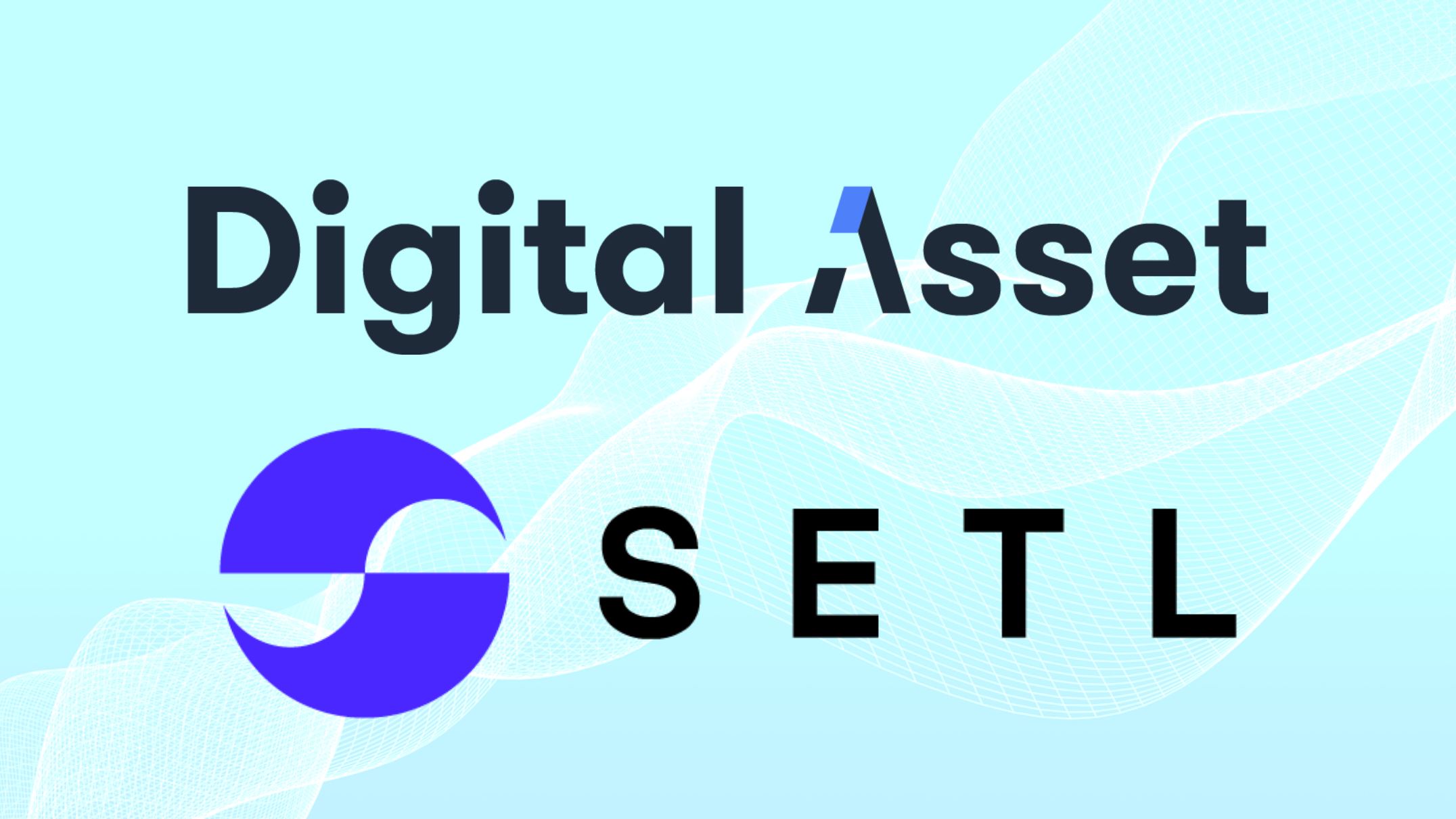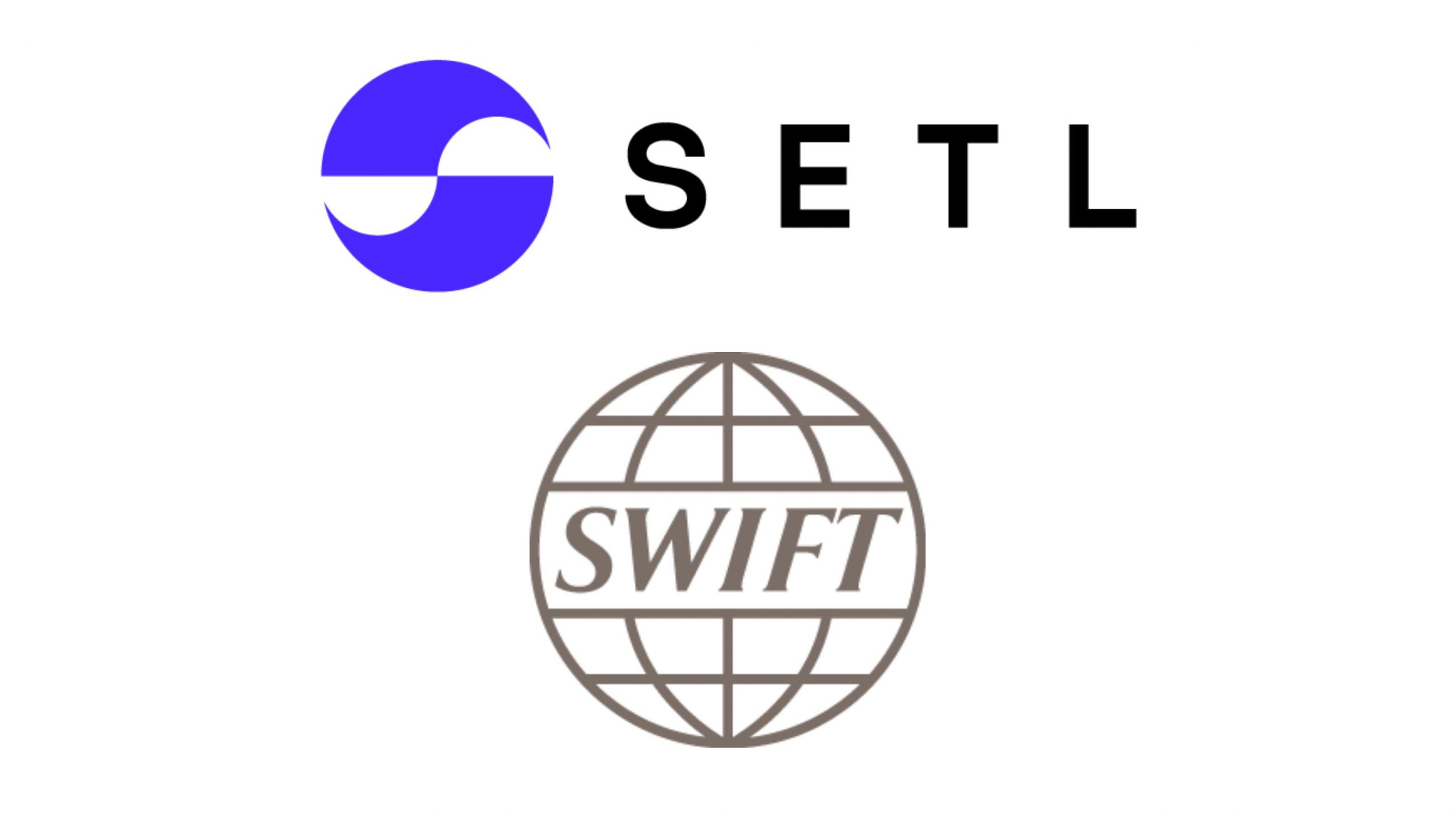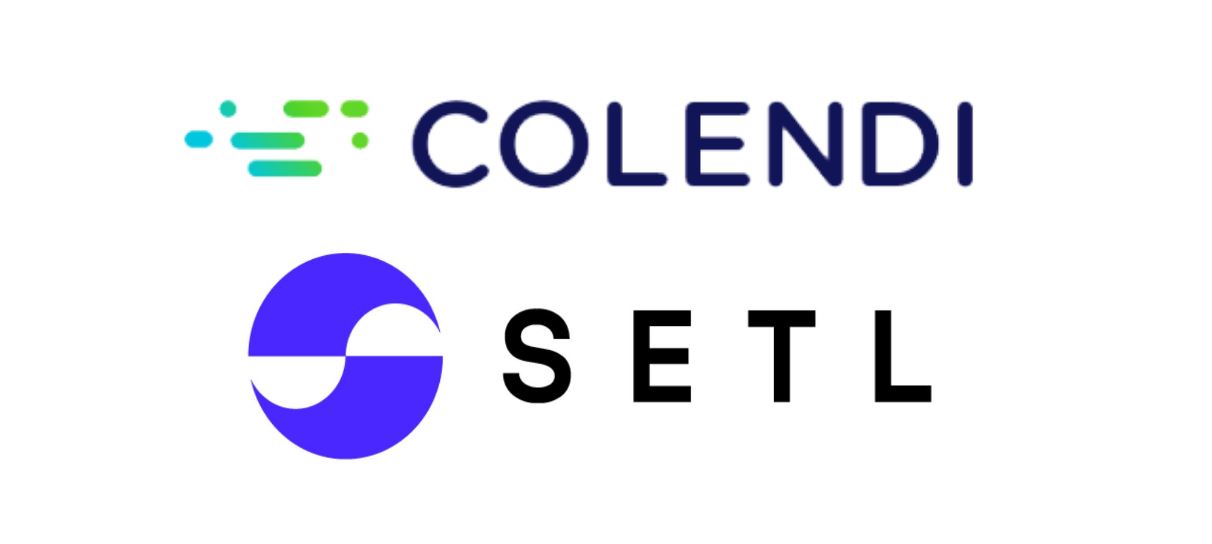SETL-Cast ep.2- Interview With Sir David Walker
In this episode of SETL-Cast, Sir David Walker discusses fintech, regulation, and Central Bank Digital Currency (CBDC).
Transcript
Would you please tell us who you are?
I’m David Walker, the chairman of SETL.
And can you tell us a little bit about some of your past jobs that you’ve done? Your career?
Well, I’ve spent most of my career in the financial world. It began in the British Treasury. I spent time in the States in the International Monetary Fund. Then I was Chairman and Chief Executive of the international business of Morgan Stanley for a long time, having previously been the director of the Bank of England, and the first regulator in the city. And then in 2012, I was asked to become chairman of Barclays Group, the bank, which I did for four years.
Is Fintech fun?
I think I would not be ready to be chairman if I didn’t find this fun. And I find it very exciting. But the, the considered answer to the question is that ultimately, the application of the best, fintech of which SETL has, in abundance, is really exciting and very satisfying for companies that use technology of the kind we can offer, not only in SETL. But it’s not always fun, I think, for the business people who are operating the present system, where they are in a comfort zone, you know, it’s working. It ain’t broke, so don’t fix it. And the fact that often the existing technology model is very inefficient and hugely capable of being improved, doesn’t always get through to the business people. And I think there’s an important difference between the business people and the technology people, I think, for SETL.
Technology people we talk to elsewhere get the fact that we have something really very interesting to offer. The business people need to be persuaded that all the upheaval and disruption and change and re-engineering that will be necessary to adopt a new technology like ours, or to networking to an infrastructure where others were using technology like ours is something to be done. And it is disruptive, and it does take time, and people will be frankly unseated from their comfortable roles. That’s just human nature. So we have to work with those people and show them how we can help them get to something much better. But in a step-by-step, gradual way.
Do regulators need to embrace new technology themselves or continue to be agnostic to the system and continue to regulate the users?
Well, I think it’s healthy for regulators to be agnostic, conservative, about new technology. I have been a regulator. Then when I was a regulator, it was so long ago, there wasn’t much technology of the kind that we see now. However, and this is the other part of the observation, the marketplace is changing the way in which, for example, retail payments are made. If you take the payment space, which is one of our areas, uh, who would have thought 5 or 10 years ago that Worldpay or PayPal would be as significant as they’ve now become, or that online banking, um, is displacing payment by checks? The use of cards is significant as it’s become. These things are happening or have happened. The things that have happened are pretty dramatic, there’s much more to come.
So it’s really essential that the regulators are aware of what’s going on and have a profoundly good understanding of it, and identify where they need to put their foot in the door or put their arms round something. But if I give a specific recent example, there was an explosion of interest in a new digital currency, the one that was to be called Libra. I think it soon became clear that without a good system of governance, decent controls, that could implode or blow up and that people could lose a lot of money. And of course, the principles duties of regulators are twofold. One, the stability of their own system, that’s at one end of the spectrum, and the other is the security of individuals like you or me. And both are important.
And I think with, I take the digital currency area but there are others, these things look attractive, they sound good, very woke and trendy to be in favor of digital currency. Really important for the regulators above all to think about the risks. The risks to their own system and the risks to specific individuals. And they’re both very different, but very important. So the regulators have to be in this space. And my instinct, if I were advising regulators, is to say, “You need to have a really good understanding of what’s happening in the marketplace.” That’s tough. Really difficult to understand. ‘Cause often, people in the marketplace, they want to divulge what they’re doing. This is my intellectual property, I want to protect it.
But they have to understand as best they can what’s happening, and then have really very sensitive antennae about what the, what the touch points are for the stability of their own financial system. Which remember, even in your lifetime, was under severe threat as recently as 2008. That was a system stability problem, and also the protection of individuals who are not abused by technology, which doesn’t have built-in an ethical set of standards. We need to create a set of standards about how technology interfaces with you and me. So, that’s a big row for the regulators and they have to do it. Not enough to be agnostic. They should be cautious, but they’ve got to be on the ball.
Does CBDC offer policymakers further tools for economic management?
Yes. I think the central banks have a currency already, which is the 20 pound note that I just fish out of my wallet. That’s central bank money notes. So digital currency is just a new form of central bank money but of course the way in which it can be transferred with much greater security, with much greater speed, lower cost, is a dramatic difference from where we are.
However- I think this is where the central banks, like the Bank of England about flaws of ECB, the Bank of Canada where they are, they’re approaching this rather carefully. I think it’s important that the central banks move to creating central bank digital currency. Now I’d go beyond that. It will happen, and my only uncertainty is how fast. I think they’d be wise to do it cautiously because there are huge ramifications. It’s not difficult to say, “We will start issuing digital currency and make access available to the core commercial banks in the system.”
When you go beyond on that and make digital currency available to companies or individuals, now that’s obviously a possible step on the way, an ultimate step on the way, that is diverting the deposit base away from the commercial banks. This is already happening to some extent. When you, you when you think what you and I use for making payments, PayPal or Worldpay, the payments mechanism has migrated to some extent away from the commercial banks into these new technology-based entities. Need to think of the consequences. The consequences could well be that the deposit-base of the banking system starts to go down. But the banking system uses the deposits that you and I or the companies place with it to provide credit to other people in the economy.
So the whole of our system was central bank digital currency, just assumed that as an extreme hypothesis, who’s going to provide credit to the small builder, to the window cleaner, or to the big company which can’t invest without access to working capital provided by the banking system? I gave that as an example of one of the really big issues that’s not been thought through. I’m sure all the central banks are thinking about it, about a hugely significant question for the future of our financial system and of our economy. So, my review will be is that central bank digital currency will be introduced, I hope it’s introduced reasonably soon but in a gradual step by step way, with appropriate way marks and protections at every stage. I think that’s what will happen.
And based on the questions that I’ve asked, do you have any other thoughts that you’d like to add?
I think SETL has a great opportunity, having learned from mistakes we’ve made in the past. I think we’ve now got a very good business model. I think the heart of it is that we are now clear that we have some very special technology, which we believe, and I think we’ve done a lot of work and we know what’s happening elsewhere, which we believe is superior to matching what’s on offer in the areas in which we operate, from anyone else in the world.
What we have to do, having got a very superior product capability, is to identify situations in potential clients where we can help them fix their problem using our technology. And I think the magic for the next phase for SETL is using this capability to persuade potential clients that we can help them. And it’s not a question of saying, “We got the best technology in the world and you should buy our Rolls Royce which is the best thing for you,” it’s understanding their problems and creating a Rolls Royce that fixes their problems. And different entities will have different problems. So we have to be humble and flexible in our approach, even though we’re very proud about our core technology.
Be sure to check out our first episode of SETL-Cast here, if you would like more discussion on CBDC and blockchain tech.
For further discussion of CBDC versus tokenization, “Token or Account Based CBDC?” has you covered.
Also check out SETL’s CBDC solutions, for some added background into this discussion.



